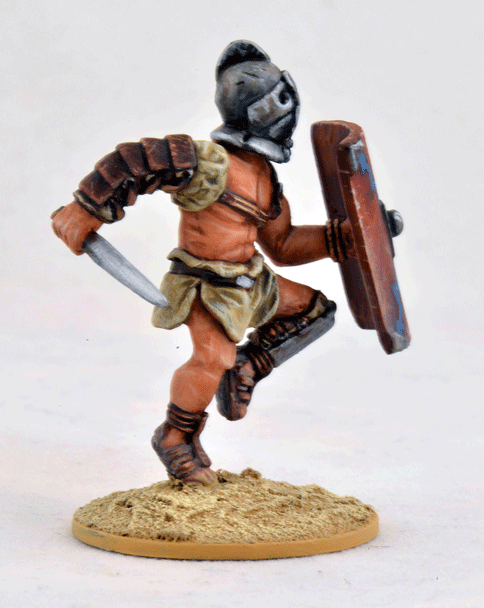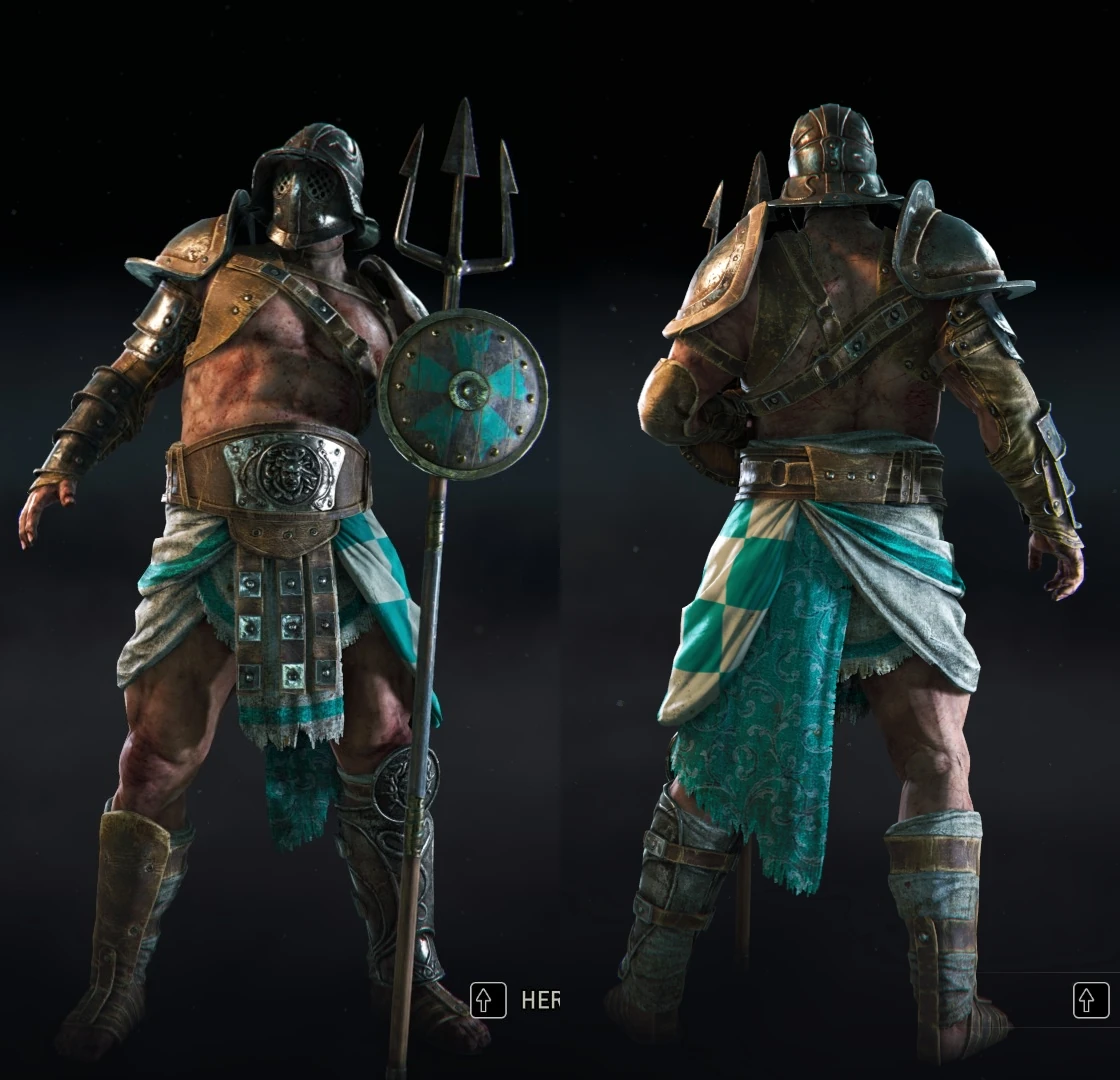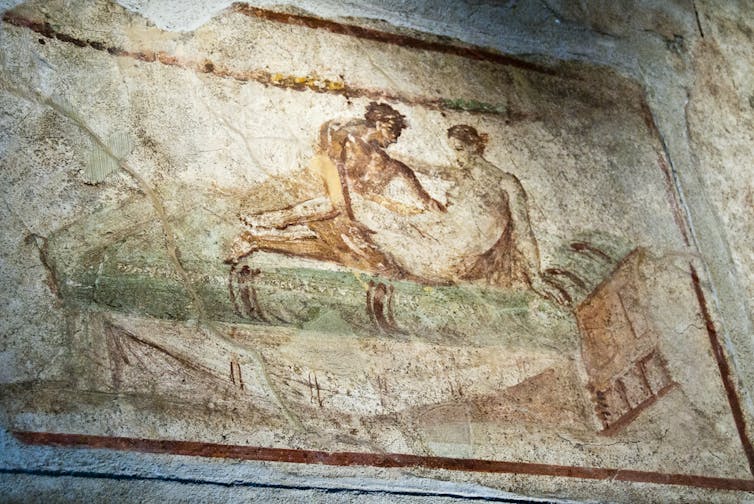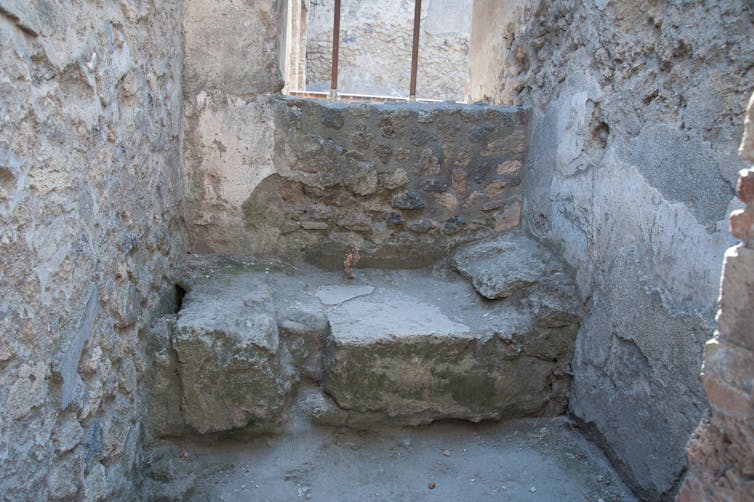After further study of the amphitheater in Pompeii, I came upon a certain instance that is signature to strictly Pompeii and does not overlap into Roman gladiator events. When I say I came upon it, our kind professor gladly pointed me to it. To enhance my idea of the gladiator games being the first version of professional sports, I learned there was an all out brawl between FANS that broke out one fine day in the amphitheater.
First, I must set the scene. It was a sunny, picturesque day back in 59AD, when the crowd was filing into their respective seats for the gladiator games of the day. The gladiators fighting that day turned out to be one from Pompeii and another from the nearby Roman settlement of Nuceria. Midway through the fight, various taunts and gestures were exchanged between some of the audience. What started as a harmless discussion, quickly escalated into a complete riot. Immediately stones were thrown and swords were drawn in attempt to completely dismantle those fans of another settlement. It is said that the people of Pompeii won the fight. Many wounded and mutilated Nucerians were then taken to the capital. As a result, the emperor instructed the senate to investigate the incident. After such deliberation, the senate decided to ban Pompeii from holding said gladiator events for ten years. In addition to that, the hosts of the show and potential instigators of the riot were exiled.
It is suspected that the reason for this skirmish is not solely due to the gladiator games. Unfortunately. As the aftermath of the social war settled out, Nuceria did not rebel along the same lines as Pompeii. As we know, Pompeii tried to rebel break free from the Roman control but ultimately fell to Sulla. Nuceria, as a reward for not fighting back, was given territory confiscated from a neighboring town that had been destroyed during fighting. Less than two years before the riot, Nero settled a veteran colony at Nuceria which no doubt inflamed old resentments, especially if assigned lands were disrupted by the Pompeians.
Knowing these various facts, there are definitely mixed reasons as to why the riot occurred. Not withstanding this debate, I view the riot as the first sporting event where the fans got into it. I love the dedication and passion that spoils over into play during sporting events. These emotions and outbursts can easily stir people the wrong way as they are highly controversial moments. I can not wait to dive further into detail for my final paper.
As I just realized this post is my last for the class, I take a brief second to think back and reflect on my various posts. I have genuinely covered all different angles of Pompeiian history. From the very minute details to the more broader themes of adopting Greek and Roman culture, this class has taught me a lot in terms of analysis and reasoning behind trying to understand various cultures in antiquity. Lastly I’d like to give a big shoutout to the few readers that followed me to the end. You know who you are.












